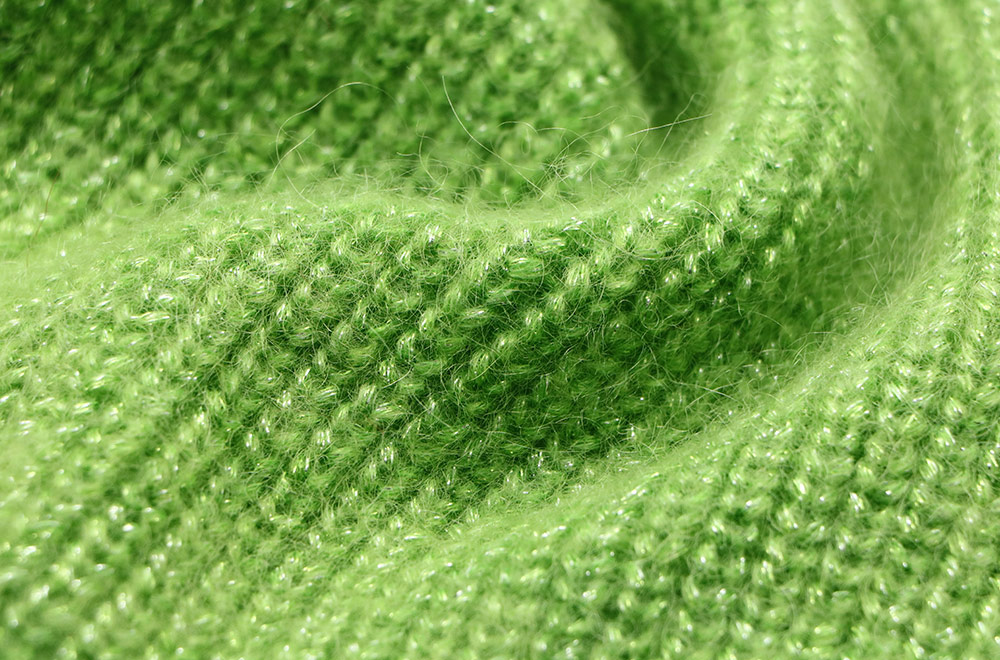The earliest textile technology dates back to the Neolithic period about seven thousand years ago, when people began to make simple textiles using hand tools and primitive plant fibers such as hemp and cotton. These early technologies often involved hand spinning wheels, by drawing fibers into yarn and then weaving them into cloth. The primitive nature of this process allows people to meet the most basic clothing needs, but the production efficiency is relatively low.
Over time, different civilizations began to develop more advanced textile technology. Ancient Egypt was one of the important birthplaces of the textile industry, and they carefully studied the treatment of flax fibers and textile techniques. In addition, ancient India and China also made outstanding contributions to weaving, and they invented the method of making silk, thus starting a very elaborate textile tradition.
The most iconic textile technology breakthrough occurred during the British Industrial Revolution in the 18th century, when the invention of the power loom and textile machine shifted the textile industry from manual production to mechanized production, greatly improving the output and quality of textiles.
Modern yarn production is a complex and sophisticated process, from raw material to finished yarn production through multiple key steps, each of which requires a high degree of technology and quality control.
The choice of raw materials is crucial. The textile industry usually uses a variety of fiber materials, such as cotton, polyester, silk, wool and linen. The choice of materials depends on the end product’s use and performance requirements.
Secondly, carding and combing are the early processing steps of textile. These steps help to separate the fibers and remove impurities from them. The combing process is particularly important because it produces finer, longer fibers, improving the quality of the yarn.
Next comes spinning, which is the process of converting raw fibers into continuous yarns. In this step, the fibers are stretched, twisted and straightened to form a yarn with a certain strength and wear resistance.
Then there is weaving or knitting, which is the step of weaving yarn into cloth or knitted fabric. Different weaving and knitting techniques can create a variety of different textile structures to meet the needs of different uses.
Dyeing and printing are the next steps, and they can give the textile color and pattern. These processes require sophisticated chemical treatment and pigment application to ensure uniform and long-lasting color.
Finally, textiles need to be finished, cut and sewn to make the final ready-to-wear or household item. These steps require the skilled skills of the artisans to ensure the quality and appearance of the final product.
Modern yarn production is focused on efficiency and quality, but it is also increasingly focused on sustainability. This precision process ensures that high-quality, diverse yarns are available on the market to meet the needs of the fashion and textile industries.
Yarn is the foundation of fashion design. From the creative stage of fashion design to the manufacturing process, it plays a key role. Designers, manufacturers and consumers understand the importance of yarn, which not only affects the appearance and quality of fashion, but is also closely related to the sustainability of the fashion industry. Therefore, the selection and application of yarn is crucial to shaping the future of the fashion industry.




 English
English Deutsch
Deutsch Français
Français Italiano
Italiano Español
Español Русский
Русский Polski
Polski Nederlands
Nederlands Svenska
Svenska

